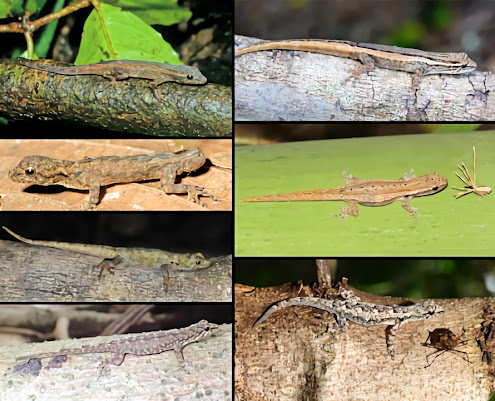 |
| Shaggy soft-haired mouse Abrothrix hirta (Order Rodentia, Family Cricetidae) Resized Image using AI by SFLORG Credit: Pablo Teta |
Scientists studying mice from the Andes Mountains in Patagonia noticed something they couldn’t explain: the mice from the western side of the mountains were bigger than the ones from the east, but DNA said that they were all from the same species. The researchers examined the skulls of 450 mice from the southern tip of South America, and found that existing biological laws didn’t explain the size differences. Instead, in a new paper in the Journal of Biogeography, the scientists put forth a new hypothesis: the mice on the western slopes were bigger because that side of the mountain range gets more rain, which means there’s more plentiful food for the mice to eat.
“There are a bunch of ecogeographic rules that scientists use to explain trends that we see again and again in nature,” says Noé de la Sancha, a research associate at Chicago’s Field Museum, an assistant professor of Environmental Science and Studies at DePaul University, and the paper’s corresponding author. “With this paper, I think we might have found a new one: the rain shadow effect can cause changes of size and shape in mammals.”
The mice that de la Sancha and his colleagues examined in this study are shaggy soft-haired mice, Abrothrix hirta. “They’re very cute little buggers, they have soft white bellies,” says de la Sancha. “They live in the mountains, which makes them unique, but they’re also found in lower elevations. Overall, they’re not very well-studied.”















.jpg)
